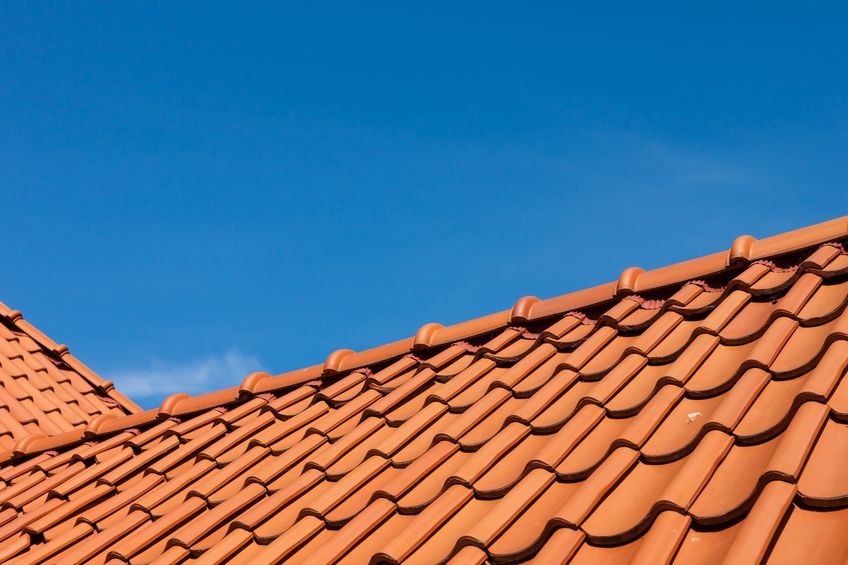
Cement tiles are roofing materials that have lots of great qualities and are suitable for any climate area. The material is not the cheapest and it does come with certain limitations because of the weight it adds to the building (very lightweight construction might not be able to hold up a roof made from the heavy material), but these are about the only cons, opposite lots of pros. Here are some features that make cement tile roofs a worthwhile choice for buildings in Colorado.
Resistance to Whatever Weather Comes Along
The most common challenges posed by Colorado climate include high precipitation levels, especially in winter and especially in the mountains, high temperatures in the desert areas and occasional strong storms accompanied by high winds, even hail. Cement tiles can stand up to all that – the material does not absorb moisture, it does not catch fire, its weight makes it strong even when high winds are howling and strong UV rays cannot harm cement roofs either. The material is also impervious to pests, such as rodents and insects.
Energy Savings
Cement tiles are also excellent insulators and that is due not only to the thickness of the tiles, but also to their ability to reflect heat. Cement tile roofs minimize the amount of heat that penetrates the building from the top in summer and they also help maintain the interior temperature stable in winter, too. This ability to offer superior thermal insulation not only makes the building interior more comfortable, but it also reduces the energy needed to heat the building in winter and to cool the rooms in summer.
Longevity
Cement is a very durable material, the roof tiles made from it offering a lifespan of around seven decades.
Aspects Related to Installation, Repair and Maintenance
Cement tiles require professional installation. During the process, the tiles are installed one by one, each tile being fastened to the roof’s support structure with nails.
Correctly installed by experienced roofing Denver pros, cement tile roofs require very little maintenance and repairs are usually very easy, too. Tile roofs need cleaning and inspection to prepare them for winter and summer that same way as any other roof type, but their structure made up from smaller pieces makes repair much easier than in the case of roofs made up from larger panels. The most common types of damage sustained by cement tiles are cracks and chips that affect one or several tiles – during the repairs, the damaged tiles are simply removed from the row of tiles and an undamaged tile is slipped into the gap.
Styles and Designs
Cement tiles come in a wide array of shapes, colors, textures and styles. The most common colors available are still terracotta hues, but bolder shades, such as black, white, orange or green tiles are also available, along with glossy and matte varieties. The variety offered by cement tile designs make the material great for any building style and for any neighborhood, for buildings that need to fit in with buildings featuring classic and modern styles as well.